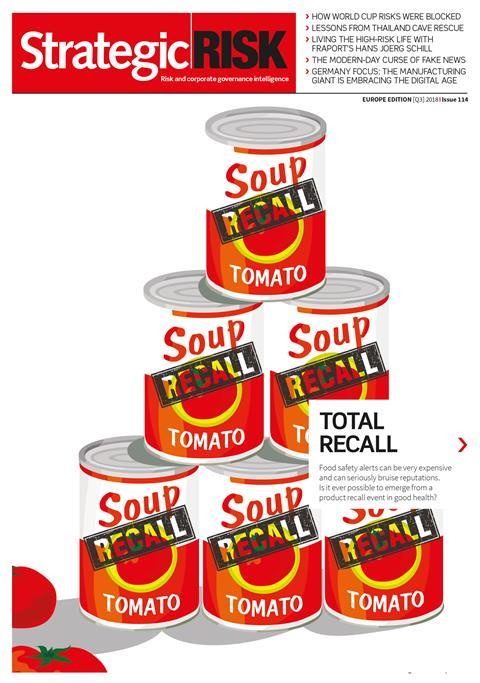Companies and teams with clear values and a strong corporate culture are better placed to execute strategy and maintain focus. Culture underpins many of our risk decisions and actions. These were some of the corporate culture lessons learned during an expedition up Mount Kilimanjaro

I was introduced to two expeditionary concepts en route to the summit of Mount Kilimanjaro in August: domino faff and cluster faff. These were two concepts that brought to life the very significance of the phrase “culture eats strategy for breakfast”, attributed to the late management guru, Peter Drucker. Let me explain.
Before the group expedition, we were told by our lead guide, Richard Cooper, that Mount Kilimanjaro was a challenge of epic proportions. To put it into perspective, Kilimanjaro’s highest point, Uhuru Peak, at 19,340ft, is thousands of feet higher than Mount Everest’s base camp – which takes two weeks to reach. And to get to the top of Kilimanjaro, we would have to climb through several climate zones: rainforest; heather and moorland; alpine desert; and finally arctic, where temperatures were between -15°C and -20°C and oxygen levels half that at lower levels.
Each year, 20,000 people attempt to reach the peak and a third don’t make it. Altitude sickness is usually to blame. It can affect anyone, irrespective of fitness, age or training. I soon realised that, despite 12 months of intense gym work, with very little experience of mountain climbing, illness could still strike and my success would lie in the hands of one man: our guide.
“Don’t domino faff – this will slow down the group and we will lose team members along the way,” Cooper said, on the first day of our ascent. “Cluster faff – as one group, at the same time.”
Strangely, I had researched, written about and discussed these terms with various heads of risk management, in some form or another. On the mountain, they would be the principles that underpinned our seven-day adventure and led all us through high-altitude, fast-changing mountain conditions to the peak and back.
Cooper got rid of team silos early in our journey and aligned our daily targets – to reach camp safely by sunset (and eventually the summit) – to these cultural principles: don’t domino faff, cluster faff.
We heard this every day for seven days. We were to take a co-ordinated approach to everything. We had to keep pace as a team, break as a team and ‘faff’ as a team – that is, stop for toilet breaks, reorganise our kit and day bags, remove or put on items of clothing – at the same time. This may seem overly simple and perhaps insignificant to anything we might experience in the business world, but stick with me here.
On the mountain, faffing was the number one factor that would hinder progress. On any given nine-hour hiking day, we would stop 20 to 25 times, sometimes more, just to ‘faff’. Cooper’s point was: if one member of the team stopped to faff, shortly after another would stop, and then another – the domino faff effect – and we would lose progress. To cluster faff – to “faff in organised unity” – ensures group focus, collaboration and team momentum, he said.
These concepts were joined by one other key word – resilience. “Mountain conditions evolve constantly and very quickly. Your job [as a climber] is to remind one another to remain resilient,” Cooper advised.
The journey wasn’t a smooth one. Each of us was affected by a stomach virus owing to poor sanitation on the mountain, and all but a handful suffered from acute mountain sickness. Twenty faffing stops soon became 30 or 40 – I lost count. Despite this, we were the first group of 10 organised hikes that week to reach the summit and return to base camp, as a team.
“Don’t domino faff, but cluster faff. Remind your team to stay resilient.” These principles may not apply to all businesses and teams. But what does apply is the idea of creating a unified vision from the top and instilling the cultural principles to achieve this vision.
Our expeditionary success was modelled on the right values and behaviours set from the top. Companies and teams with clear values and a strong corporate culture are better placed to execute strategy and maintain focus. Culture underpins many of our risk decisions and actions – how to deal with reputational repercussions from a product recall (pages 23-27) or instilling resilience in our enterprise risk management frameworks (pages 30-31).
And what was clear to me from my travels: culture certainly does eat strategy for breakfast.
Kin Ly
Content director
Got an article idea? Contact me here: kin.ly@nqsm.com
To read the Q3’s edition in full, see below




















No comments yet